What Are Noise-Reducing Tires?
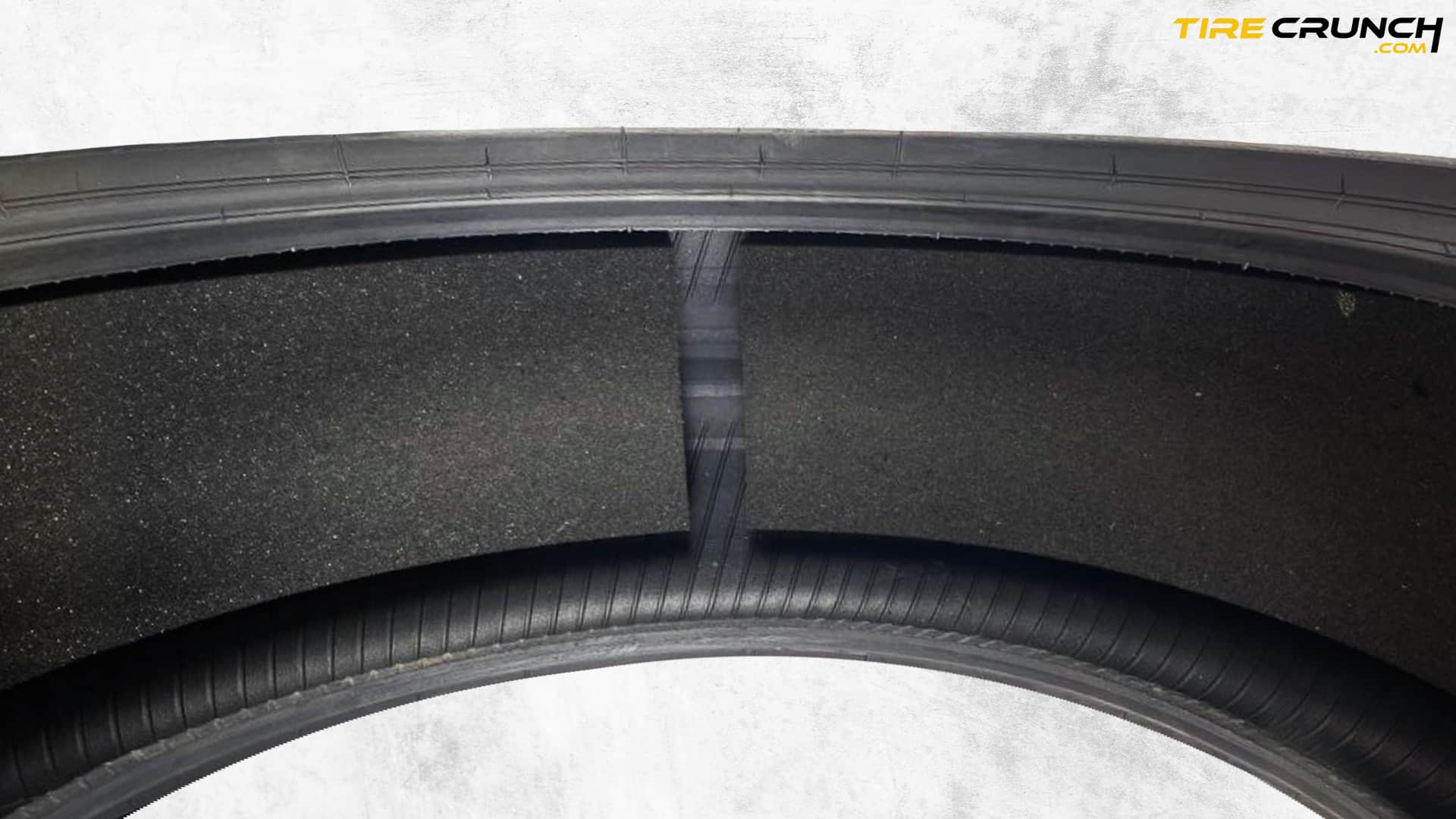
Your vehicle’s tires are just like kick drums. Every time your car rolls over expansion joints and potholes on the road, the impact pounds the rubber, compresses the air inside, and transmits hollow thuds to the cabin.
As cars have gotten quieter, engineers have been working on ways to hush the drumbeat of tire impacts. They have come up with a solution in the form of noise-reducing tires, which have quickly gained popularity in the market.
All major tire manufacturers now offer these tires, and many high-end luxury vehicles come installed with them from the factory.
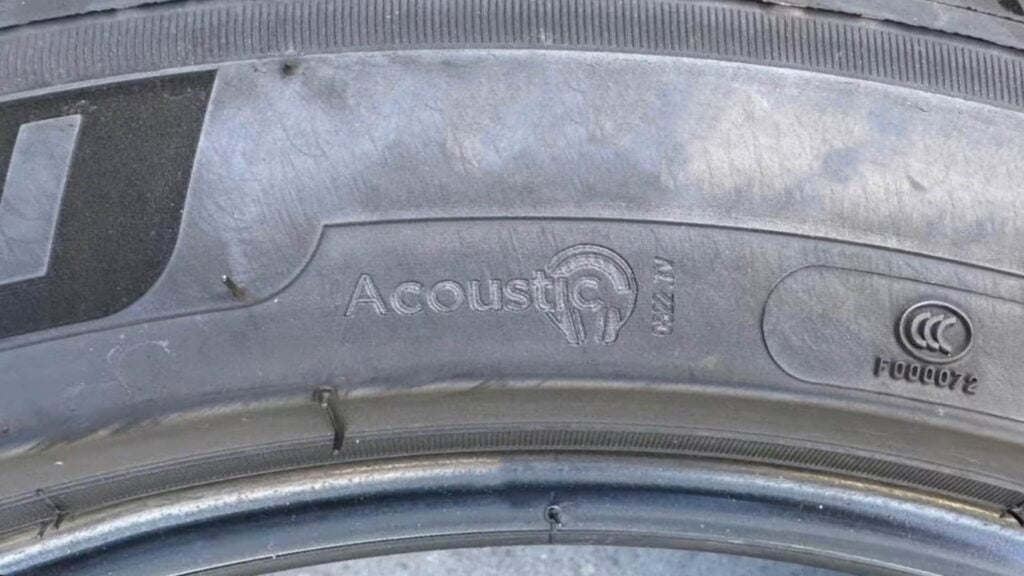
Types Of Noise-reducing Tire Technology
There are several types of noise-reducing tire technology that work to diminish road noise and create a more comfortable driving experience.
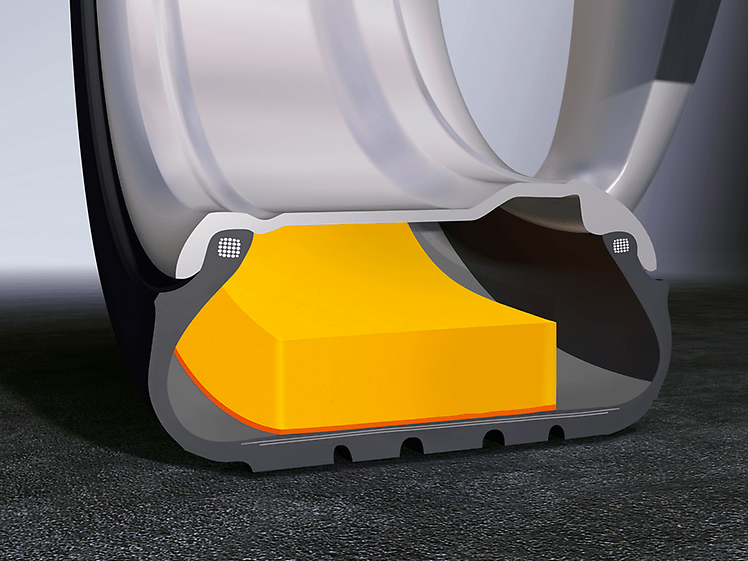
Sound-absorbing foam
Sound-dampening foam is a material that is applied to the inside of a tire during the manufacturing process.
This foam is designed to absorb and reduce the vibrations caused by tire-road contact, which in turn helps to minimize the noise generated by the tires as they roll on the road.
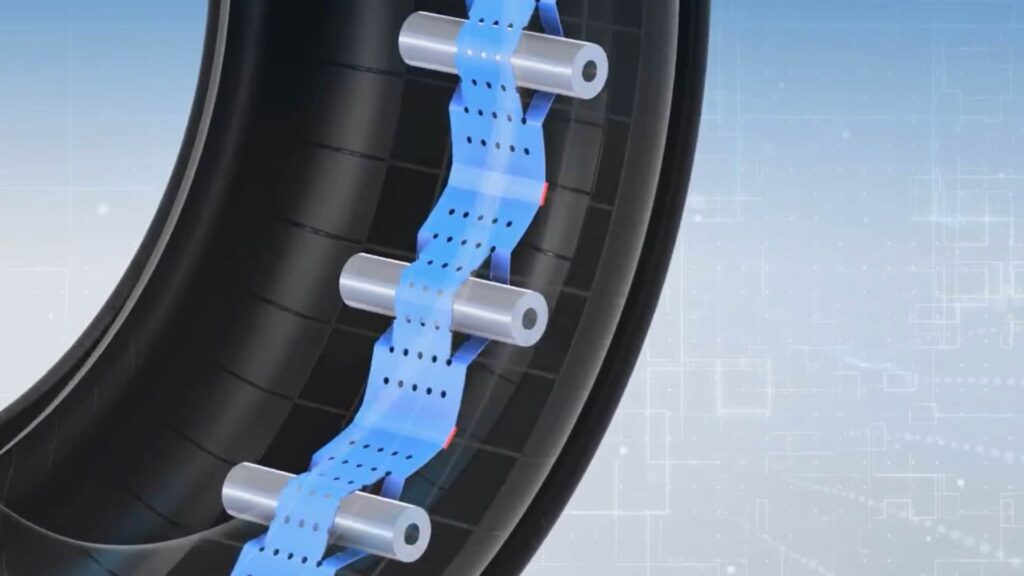
Airflow technology
As demonstrated by Toyo Tires’ unique device using airflow for noise reduction, manipulating airflow around the tire can significantly decrease road noise.
This works by affixing a thin film to the tire’s inner circumference. The film contains a series of serrations, or grooves, which are designed to disturb air flow and reduce noise.
Toyo Silent Technology is still in development but it is expected to be available soon. So, in this article, we will delve into the details of sound-absorbing foam, exploring how it effectively minimizes tire noise for a quieter driving experience.
How Noise Reducing Tires Work?
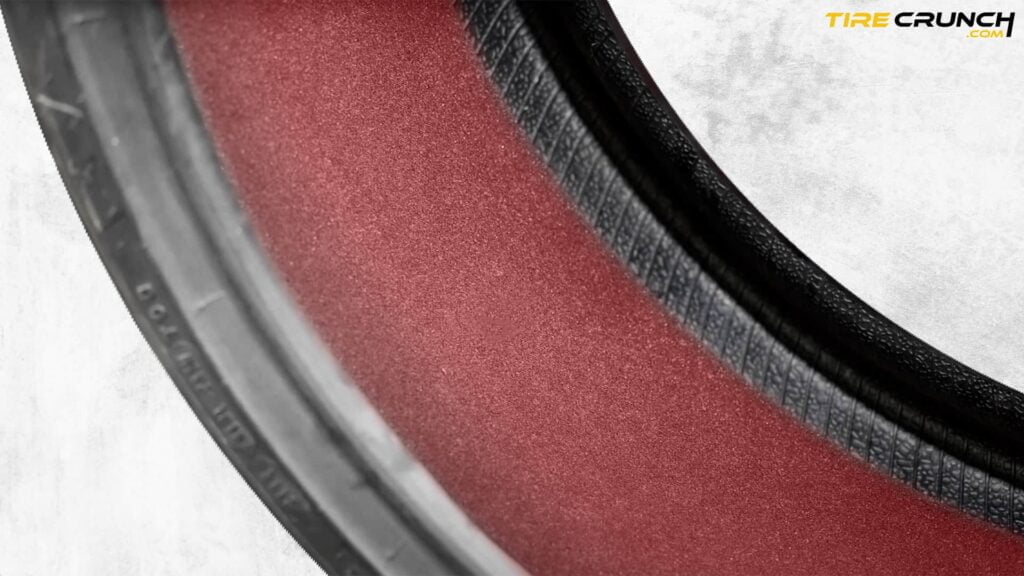
Noise-reducing tire technology works by adding a thick layer of foam insulation to the inner liner of the tire, either as a continuous piece or made up of several smaller pieces. This layer helps absorb and dampen the sound waves created by the tire rolling on the road.
The foam insulation also helps reduce vibrations caused by the road, resulting in a significant reduction of interior noise by up to 20%. Some examples of this technology include:
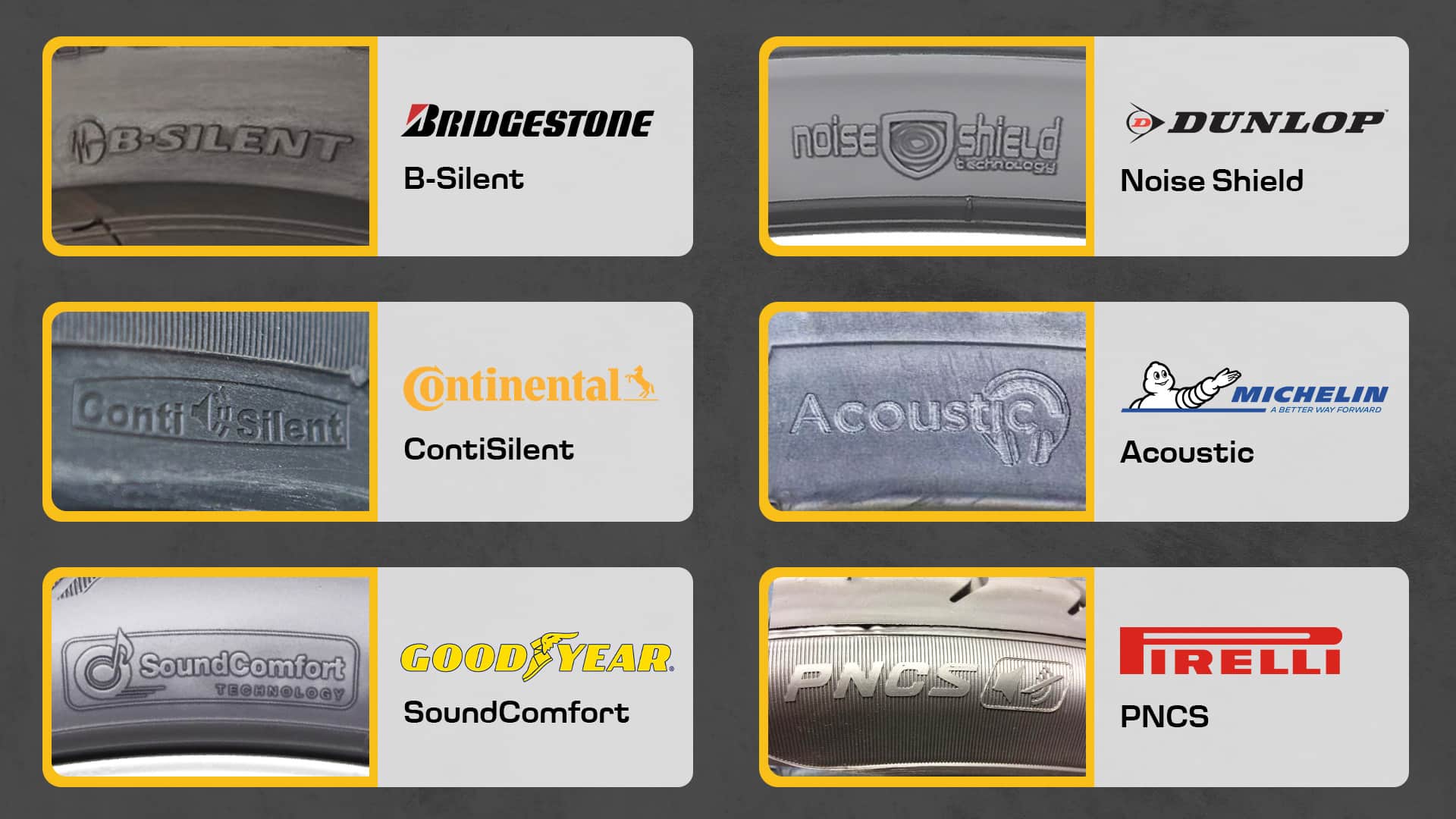
The Pirelli Noise Cancelling System: The PNCS, which stands for Pirelli Noise Cancelling System, is a noise-reducing technology incorporated by the renowned Italian tire brand, Pirelli.
Tires equipped with this system feature a sound-absorbing device installed within the circumferential wall, which, according to Pirelli, reduces perceived noise levels by up to 50%.
Continental ContiSilent: ContiSilent technology is applied to many of their tire models. The company claims to have successfully minimized road noise on all surfaces and in every weather condition, without compromising tire performance or mileage and load capacity.
This attribute makes ContiSilent one of the most distinguished technologies in the tire industry. ContiSilent technology features a polyurethane foam applied to the tire tread’s inner surface. The foam is secured in place using a robust adhesive that withstands varying outdoor temperatures.
Michelin Acoustic Technology: Another prominent player in the tire industry, Michelin, also features a technology that reduces noise levels inside the car.
The Michelin Acoustic Technology claims to provide 20% quieter tires. Like Continental, the brand utilizes a polyurethane foam that effectively soaks up road vibrations and noise.
Benefits Of Noise-Reducing Tire Technology
Quieter Driving Experience
Noise-reducing tire technology provides drivers with a quieter driving experience, which means less road noise and fewer distractions while on the road.
Decreased Road Noise Pollution
Choosing noise-reducing tires is an excellent way for car owners concerned about environmental impact or seeking a quieter driving experience while contributing towards lowering overall sound emissions on our roads.
Absorb the Vibrations
One of the key benefits of noise-reducing tire technology is its ability to absorb vibrations. These tires are designed to reduce vibrations felt by passengers inside the vehicle, resulting in a much smoother and more comfortable ride.
Can You Patch Tires with Noise Cancelling Foam?
While it is possible to patch tires with noise-canceling foam, there are additional steps that must be taken due to the sound-absorbing material inside the tire.
These include the removal of the foam before the tire can be repaired and the replacement of the foam at the end of the repair process.
It is important to note that not all tire repair kits are suitable for use on tires with noise-canceling foam. If you have a tire with this type of foam, it is best to consult an expert or purchase a specialized ki
Final words
In conclusion, noise-reducing tire technology is an innovative and effective way to decrease the amount of road noise in your vehicle.
Noise-reducing tires can provide a superior driving experience with reduced stress on drivers and passengers while decreasing road noise pollution.
